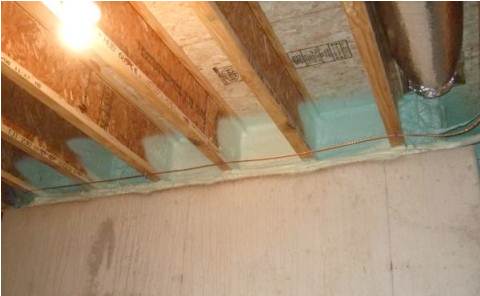

The saw kicks up sawdust, and creates a mess to be cleaned up later, while the quick cutting of the backerboard takes less time and produces no dust. Plywood needs to be measured on site, moved to a cutting table and sawn, before being brought back.

It can be done right at the site it will be installed on, and takes seconds to do. Cement backerboard is easy to cut score it with a utility knife and snap. It’s a rare installation that allows for full pieces of substrate to be go down over the entire floor most need to be cut to fit before they can be installed. Plywood requires a thicker back buttering to even out inconsistencies, which makes the installation more time consuming. Glass tiles, onyx tiles, and other translucent materials need a skim coat of mortar before installation cement backerboard makes this coat easy, providing a smooth, even surface. While some tiles can handle an uneven substrate, others need a very smooth surface for the best results. Therefore, the plywood usually sold for this purpose may be rough, have knot holes, and other inconsistencies that can affect the final tile installation. While it is possible to find very smooth, consistent pieces of plywood, most of these are reserved for furniture grade applications, and aren’t usually used for installing beneath tiles where they won’t be seen. This makes cement backerboard a good choice for large format tile floors, as well as for older homes that may have more uneven subfloors. When properly installed with a coat of thinset beneath it, cement backerboard won’t flex like plywood, and won’t contribute to problems like lippage. This, however, creates an uneven substrate that can result in lippage, or tile corners that stick up above the rest of the floor.Ĭement backerboard solves both these issues. The solution to fixing this movement with plywood is to screw it down in several areas to the subfloor. Since tile can’t flex, it eventually cracked and broke. This was because anything larger was likely to develop cracks, because the substrate or underlayment beneath it often moved. Flex and Lippageįor many decades, the largest tile most people ever installed was around 8-inches. While you can technically install most tiles on any smooth, clean substrate, using cement backerboard will give you superior results every time. One of the first questions that many people before installation is whether to use plywood or cement board under tile. One thing that can always help an installation go more smoothly, however, is using the right underlayment. Unfortunately, there many ways that a tile installation can fail from the wrong setting materials to inadequate back-buttering of large format tiles. Whether it’s made of stone, ceramic, porcelain, or glass tile enhances many different settings with its beauty and durability.


 0 kommentar(er)
0 kommentar(er)
